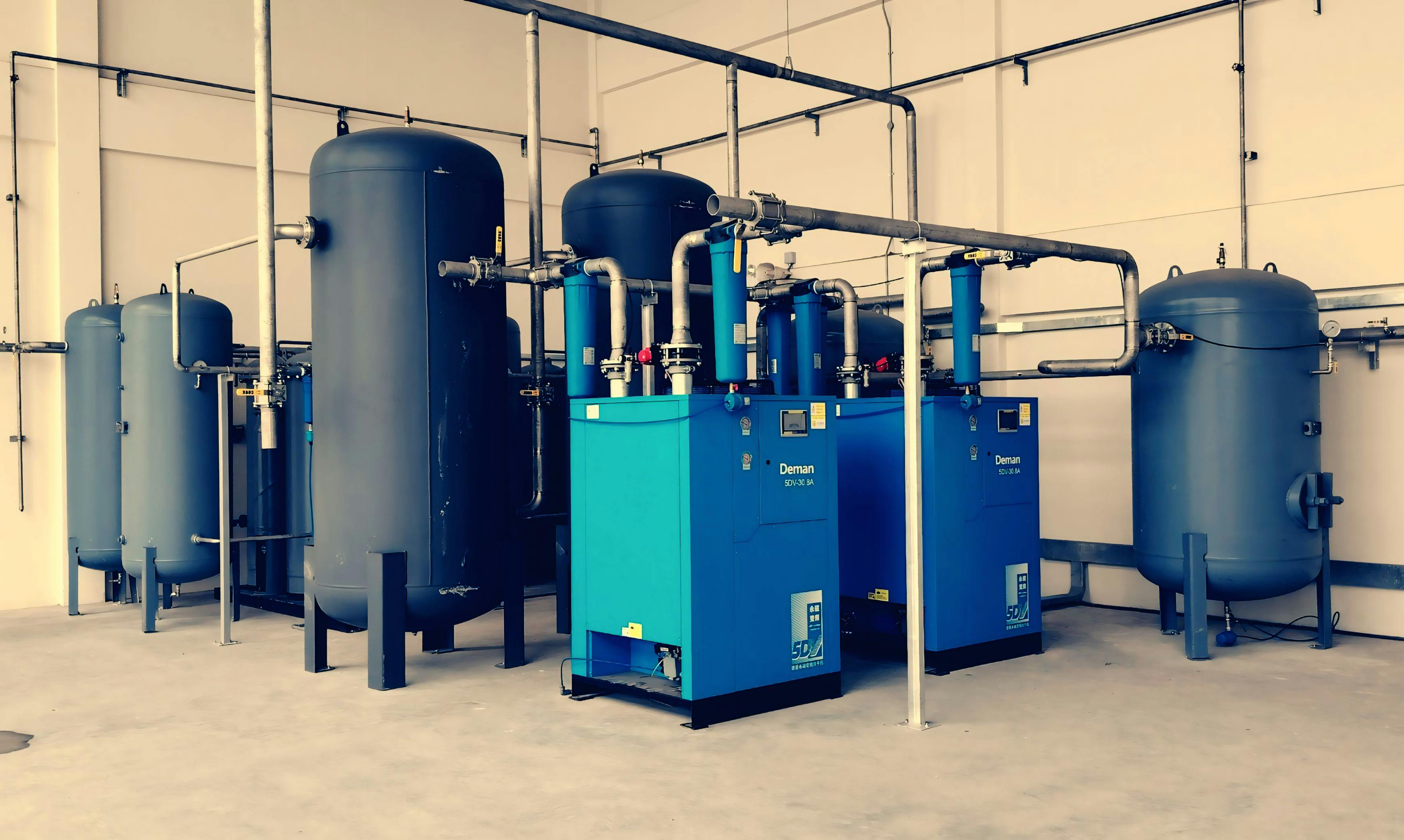Common GPS Mistakes Farmers Make - And How to Avoid Them
.png)
Common GPS Mistakes Farmers Make — And How to Avoid Them
GPS navigation has become a cornerstone of precision farming, helping farmers boost operational efficiency, save resources, and improve yields. However, even when using modern navigation systems, mistakes can occur that reduce accuracy and diminish the benefits of the technology. Some of these errors are related to equipment setup, while others stem from how fieldwork is organised.
Below, we examine the most common mistakes when using GPS in agriculture and provide practical recommendations on how to avoid them to get maximum value from the technology fieldbee.com/app.
Incorrect Equipment Calibration
Even the most accurate GPS system requires proper initial setup at the start of each season. Entering incorrect machine parameters such as implement width, tool offsets, or antenna placement can cause line shifts, uneven field coverage, overlaps, and skips. This not only reduces precision but also leads to wasted seed, fertilizer, and fuel.
Always perform a full calibration for each type of implement before the season starts. Verify that all equipment parameters are entered correctly, especially when changing implements or machines. Use built-in autocalibration features where available. Recheck accuracy periodically during the season, particularly when working in changing weather conditions or uneven terrain.
Ignoring Software Updates
Even if the system seems to work fine, failing to update software regularly will eventually lead to outdated functionality. New firmware versions improve accuracy, expand compatibility with base stations, fix bugs, and add new features and data exchange formats.
Regularly check for updates not only on the navigation display but also for RTK modems, antennas, and base stations. Schedule updates in advance before peak fieldwork begins. This will help avoid unexpected issues during the most critical parts of the season.
Incorrect Antenna Placement
Even with a strong RTK signal, improper antenna installation leads to accuracy loss. Signal blind spots caused by nearby metal structures, tanks, lighting, radio equipment, or towers can create signal reflections and result in "position jumps" during operation.
Mount the antenna in the centre of the tractor roof, as high as possible and away from potential sources of interference. Ensure the antenna is securely fixed; vibrations or loose mounts can also affect precision. After installation, run a test to verify signal stability.
Using an Unreliable Correction Source
Stable RTK correction is essential for high accuracy. An unstable correction signal can cause sudden positioning dropouts during operation, resulting in damaged rows, overlaps, and the need for rework.
Use only reliable RTK networks that guarantee stable, even coverage across all your fields. If working in remote areas, consider investing in your own RTK base station. Always check signal strength and connection stability before starting work each day.
Insufficient Operator Training
Even with advanced equipment, results heavily depend on operator skills. Mistakes when launching routes, creating field boundaries, or correcting lines on turns often reduce overall work precision.
Provide regular operator training not only during system setup but also before each new season. Include practical sessions on setting field boundaries, managing overlaps, starting and ending routes properly, and monitoring signal quality. Well-trained staff are key to fully realising the potential of precision farming.
.jpg)

.jpg)